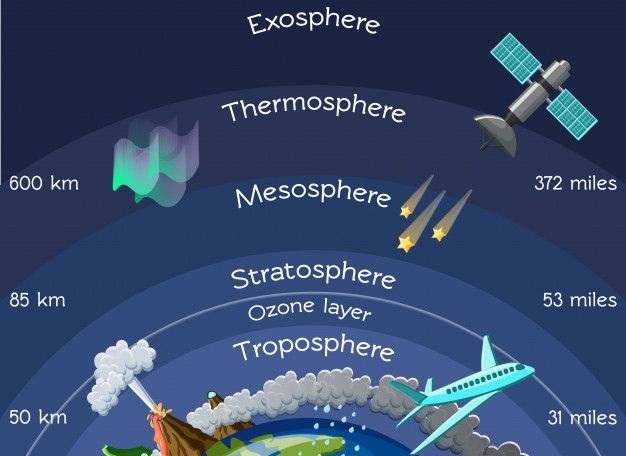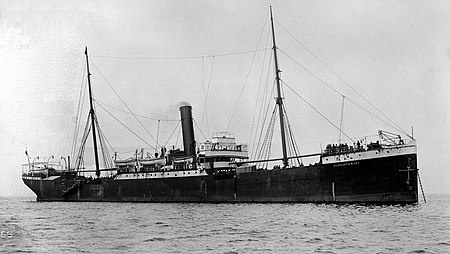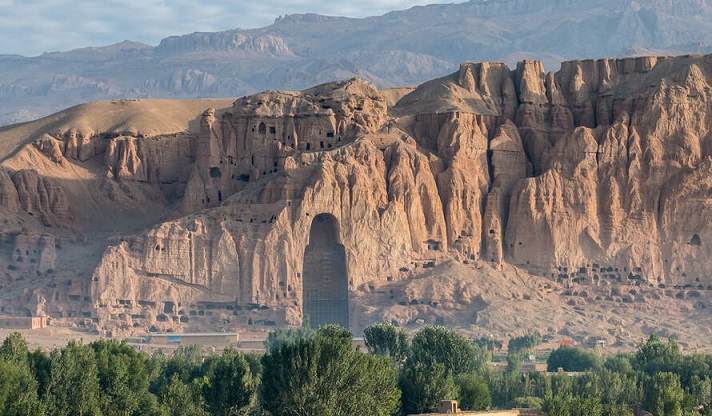The Kármán Line, located 100 kilometers above sea level, serves as an imaginary boundary between the Earth’s atmosphere and outer space. Although scientists and astronauts disagree, most nations and space organizations recognize this limit as a viable limit.
The Fédération Aéronautique Internationale (FAI) established the Kármán Line in the 1960s, and anyone crossing it is classified as an astronaut. This barrier is important in regulating airspace because it limits the altitude.
Denotes beyond which normal aircraft may not operate. Beyond the Kármán line, the aircraft must have a propulsion system capable of overcoming the Earth’s gravitational pull. Furthermore, the line serves as a legal benchmark, establishing the airspace over which a country can claim sovereignty, similar to international waters regulations.
Article Powered by TOPICFLIX

About the Author
Ankita is a German scholar and loves to write. Users can follow Ankita on Instagram 
Chinese Scientists Develop New Polyethylene Recycling Method: Hydrogen Breathing
According to a report published by Xinhua on July 3, a team of Chinese researchers…
कामागाटामारू, गदर पार्टी [Komagata Maru, Gadar party ]
कामागाटा मारू (Komagata Maru) एक जापानी स्टीमर जहाज (Japanese steamer ship) था जो 1914 में…
भारत ने 5 नए रामसर स्थल (India’s New Ramsar Sites)
केंद्रीय पर्यावरण मंत्रालय द्वारा अंतर सरकारी संधि, रामसर संधि, के तहत पांच और भारतीय स्थलों…
कनिष्क और गांधार कला [Kanishk and Gandhara art]
कुषाण साम्राज्य, कनिष्क के समय उच्चतम शिखर पर पहुंच गया था क्योंकि कनिष्क सहिष्णु और…
प्लैंक लंबाई (planck length) क्या है ?
प्लैंक लंबाई (Planck length) भौतिकी में लंबाई की एक मौलिक इकाई है। प्लैंक लंबाई को…
Indian National Movement – Main Chronological Events
The complex and diverse fight for independence from British colonial control is known as the…






